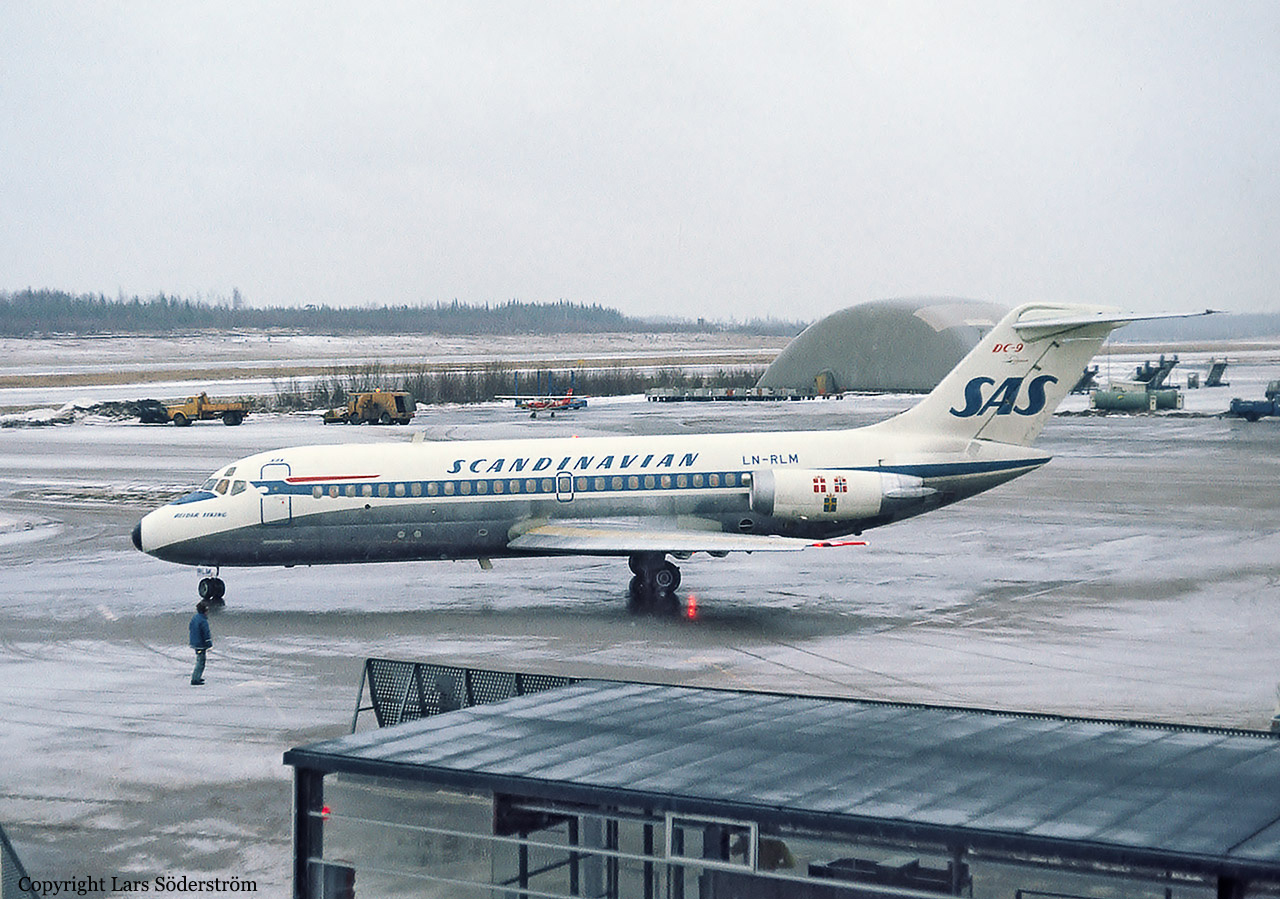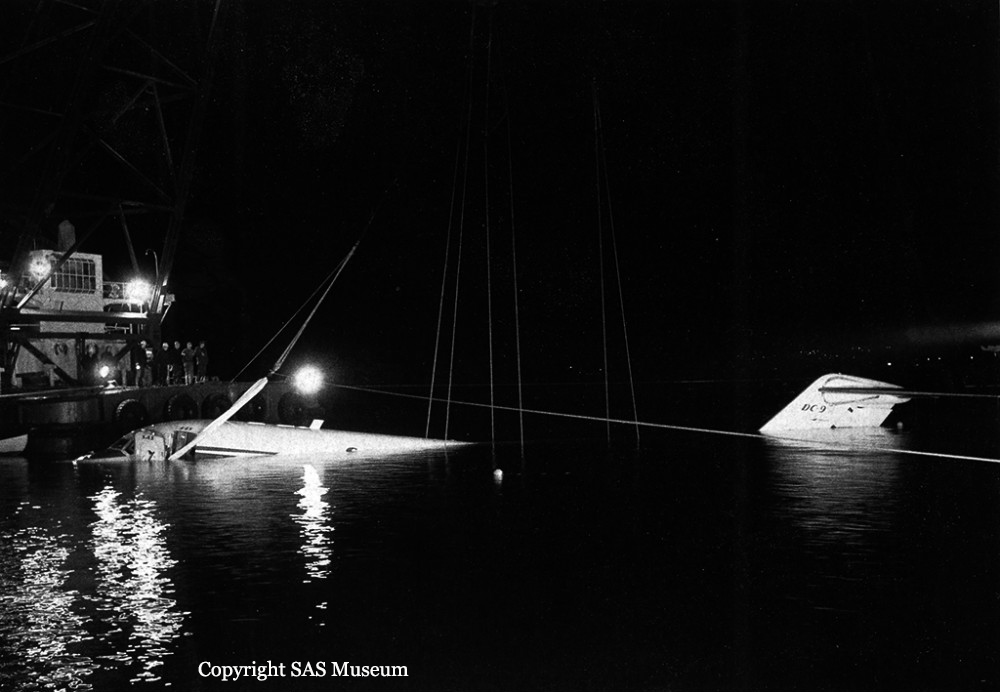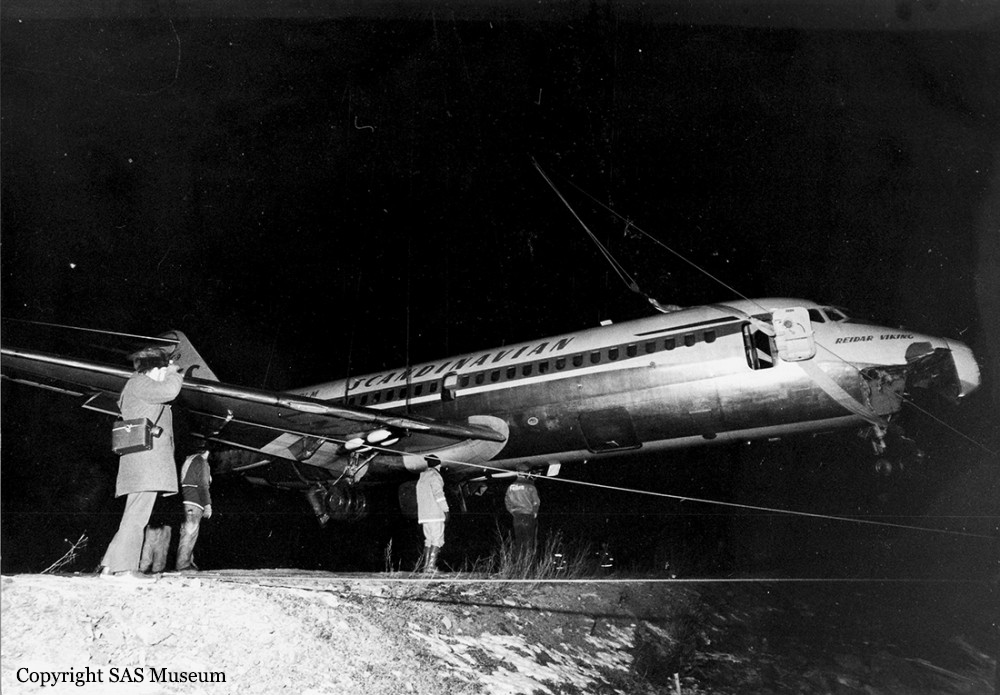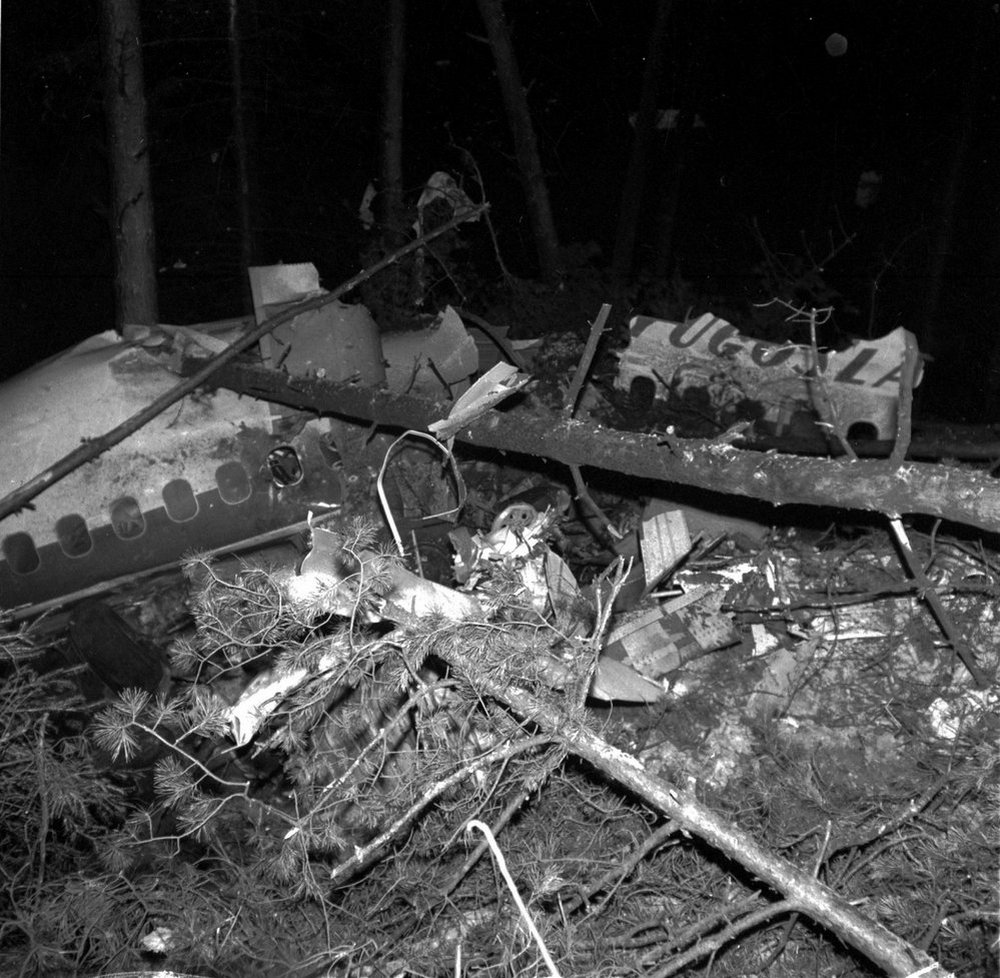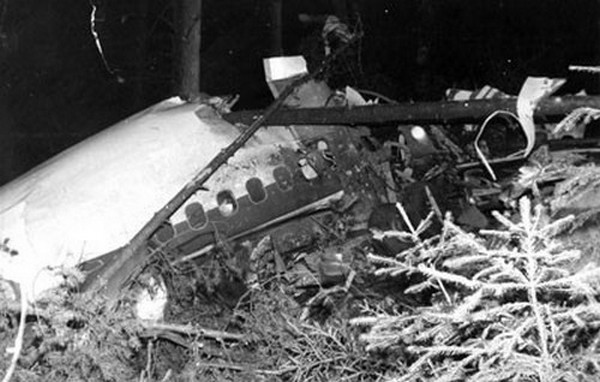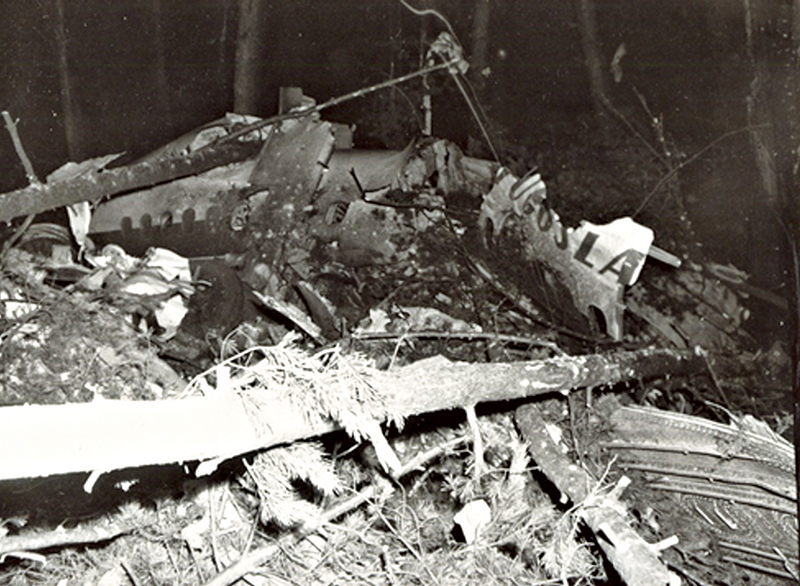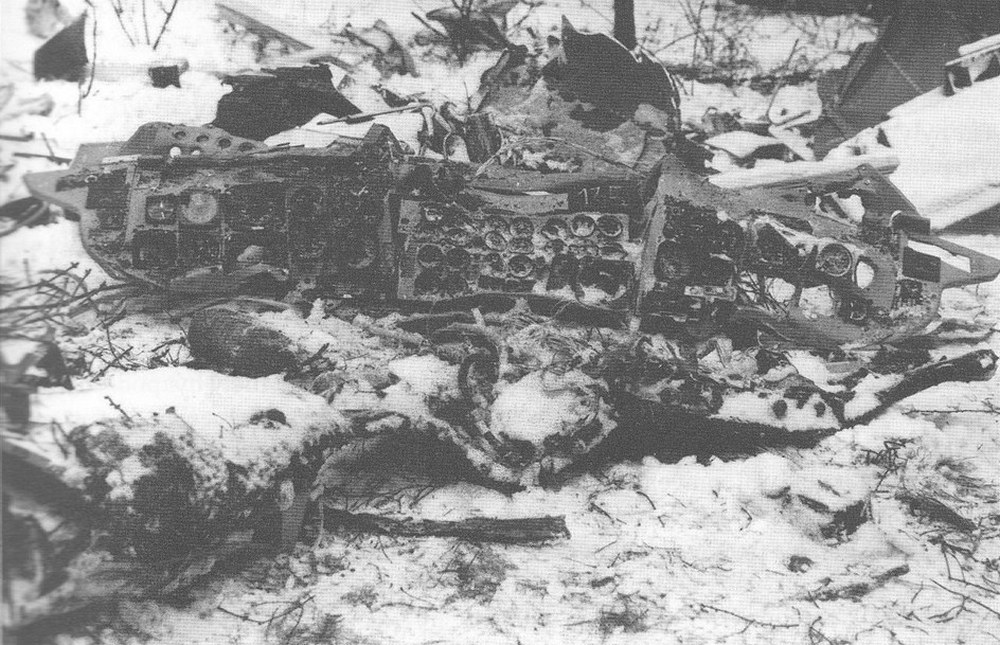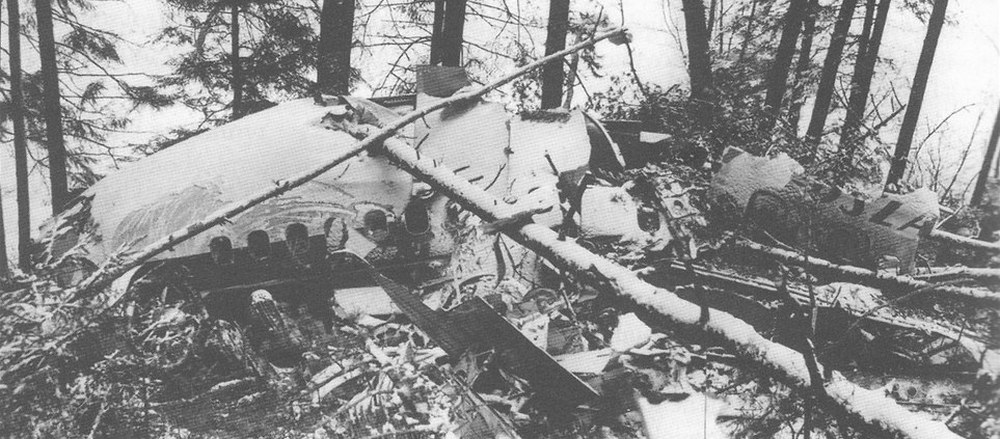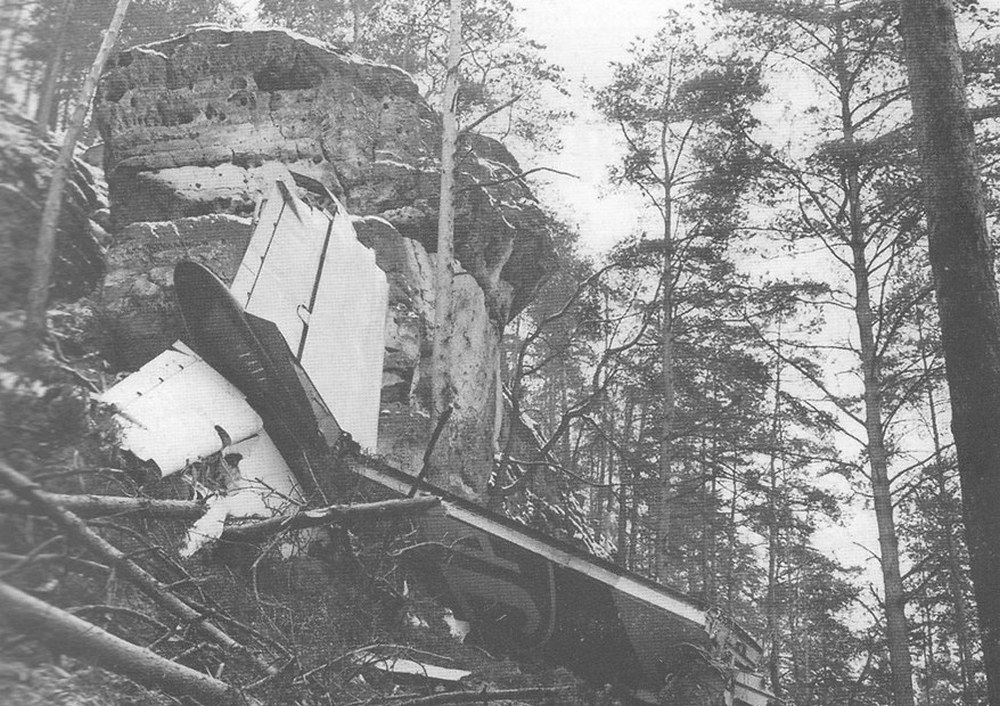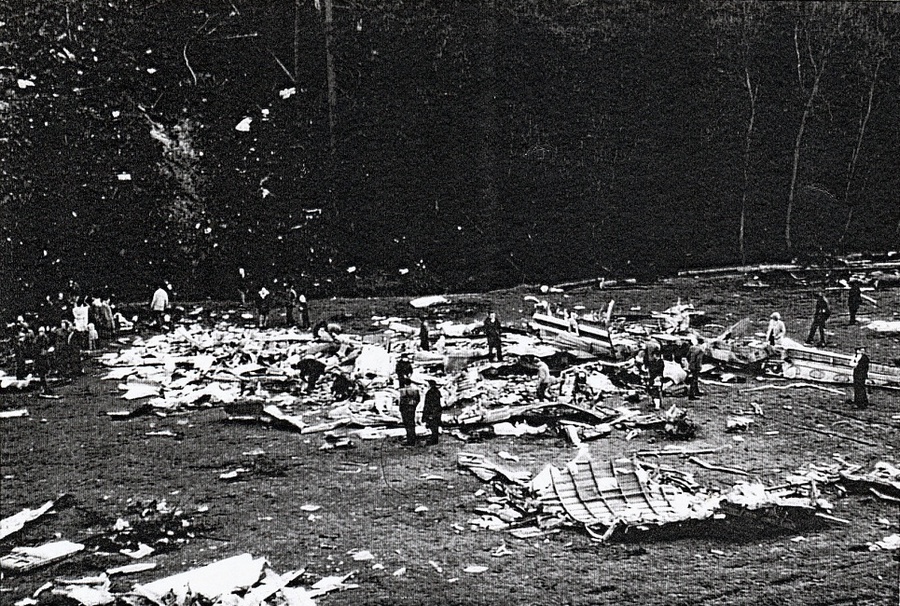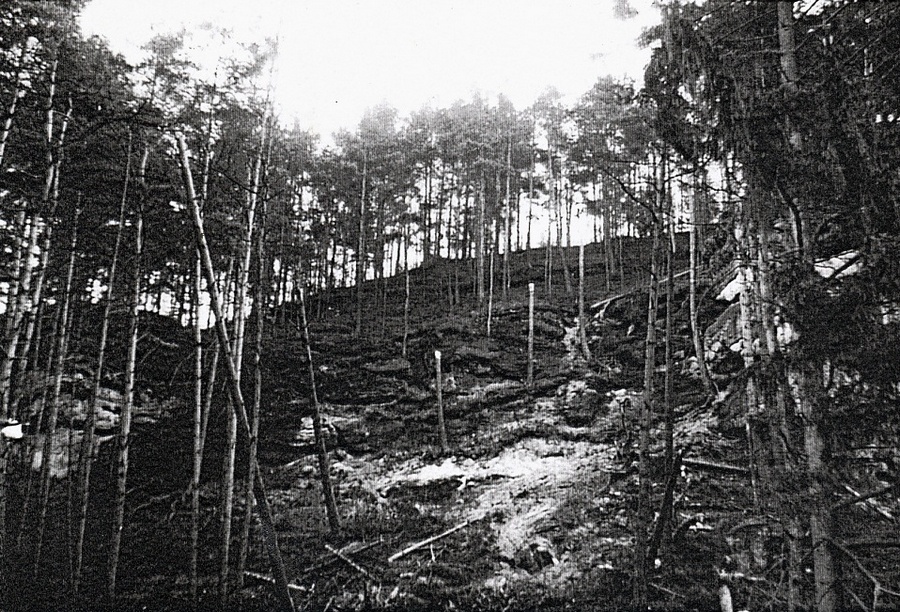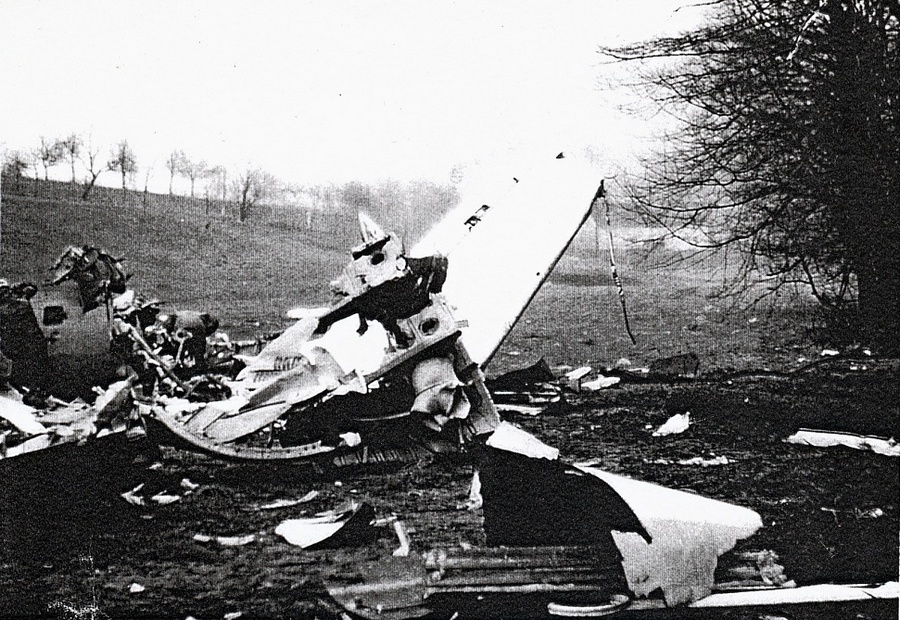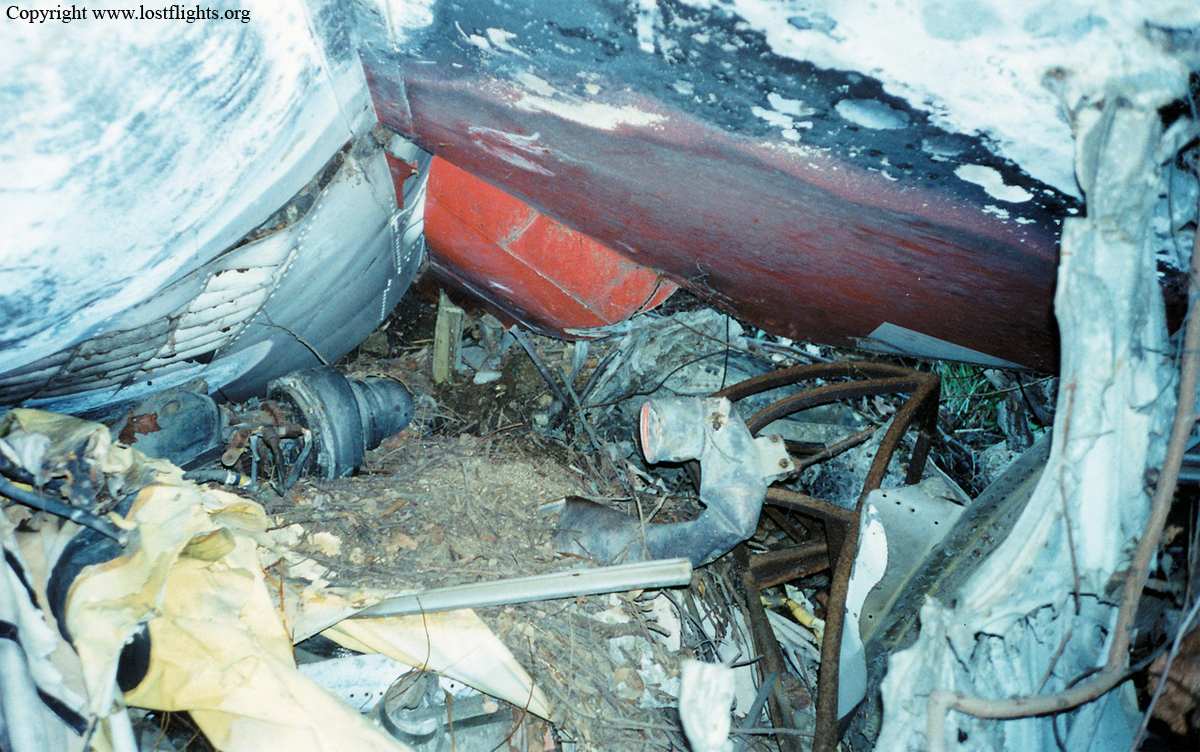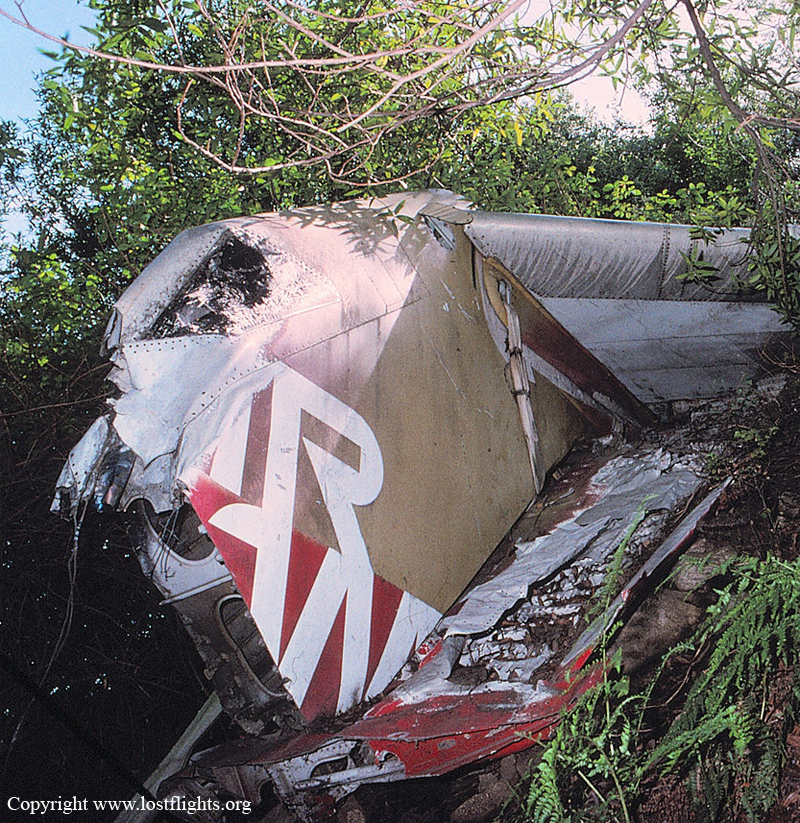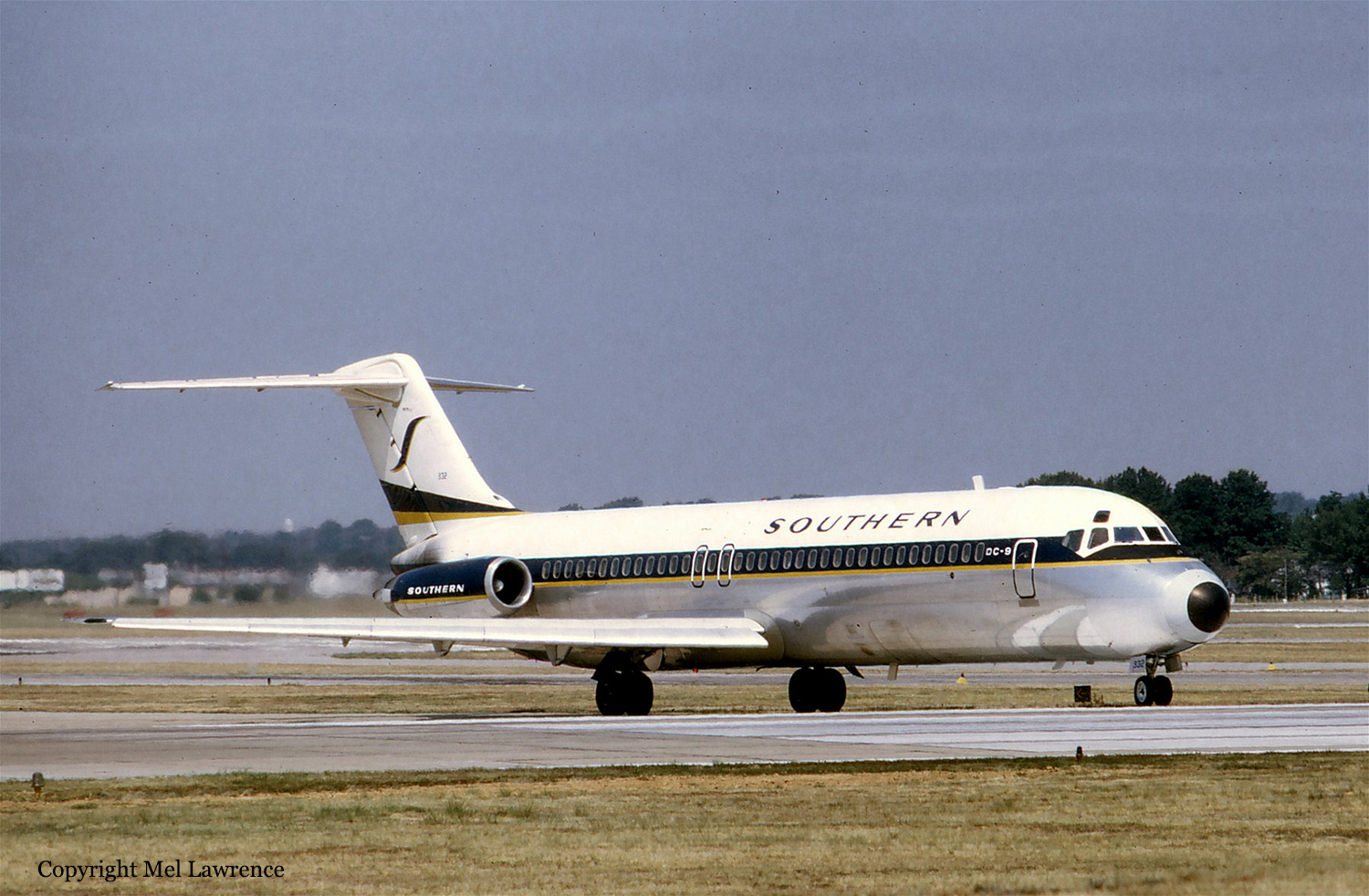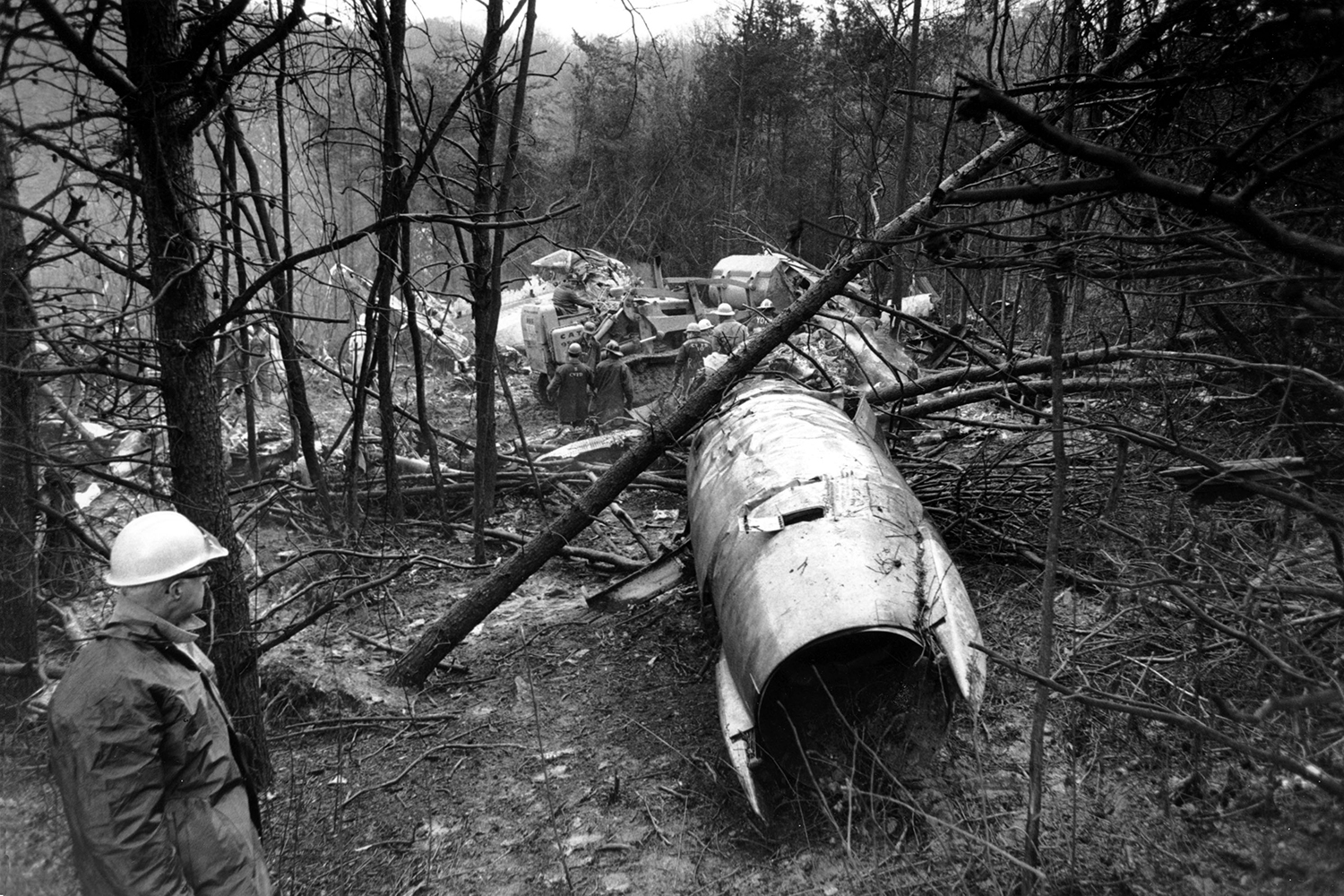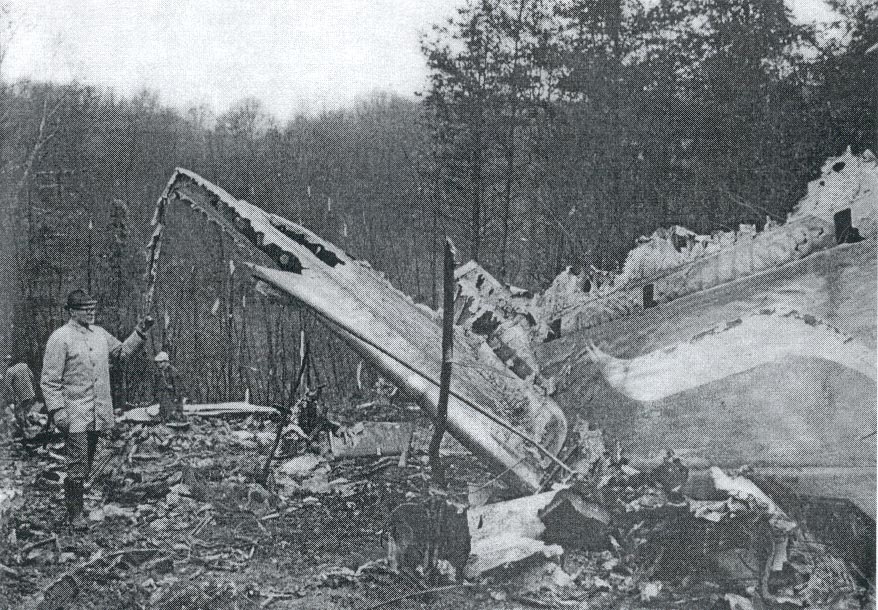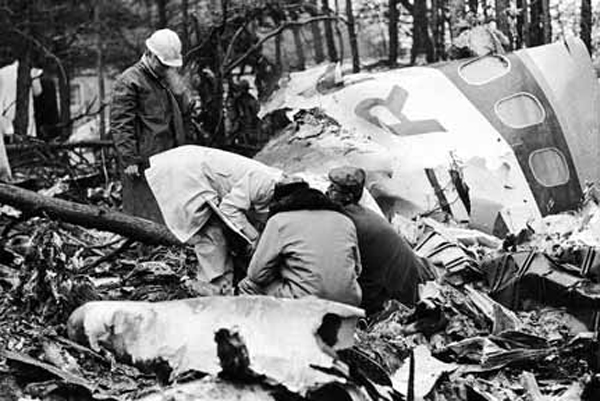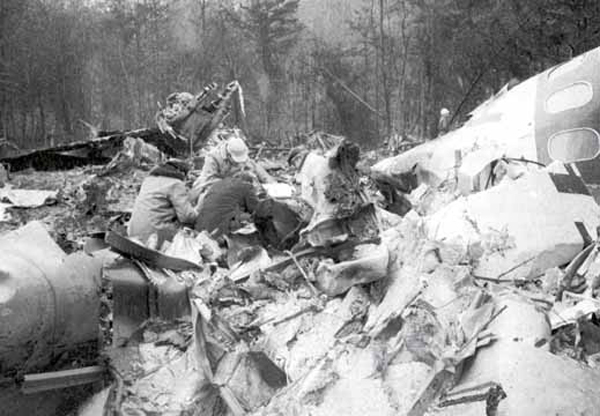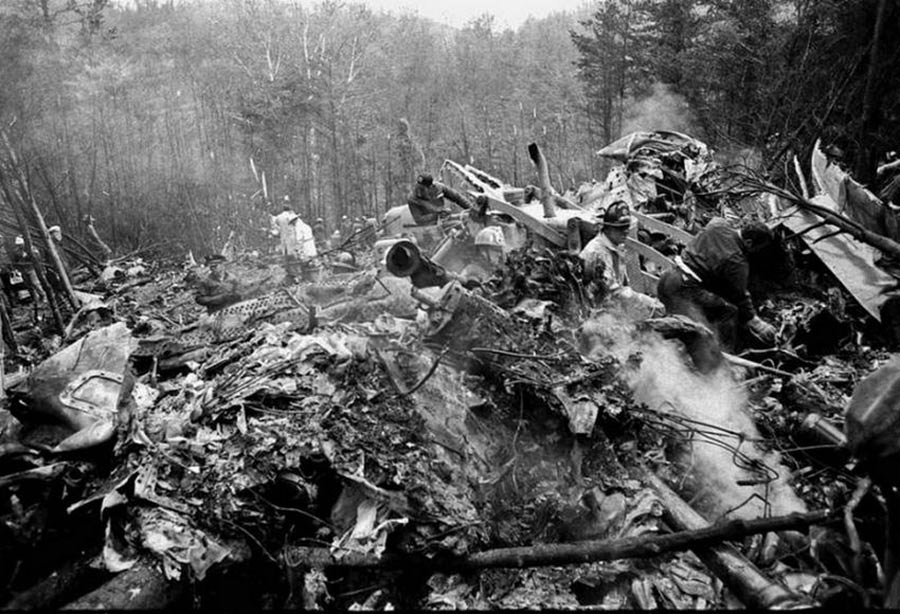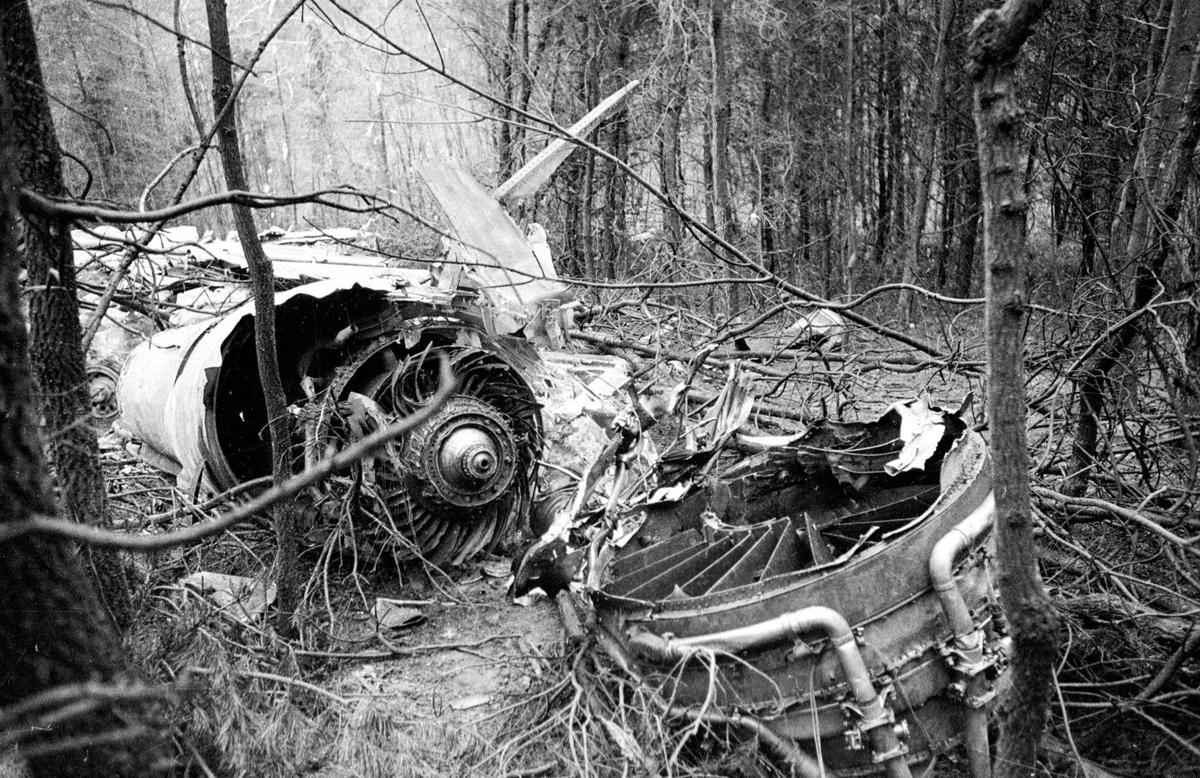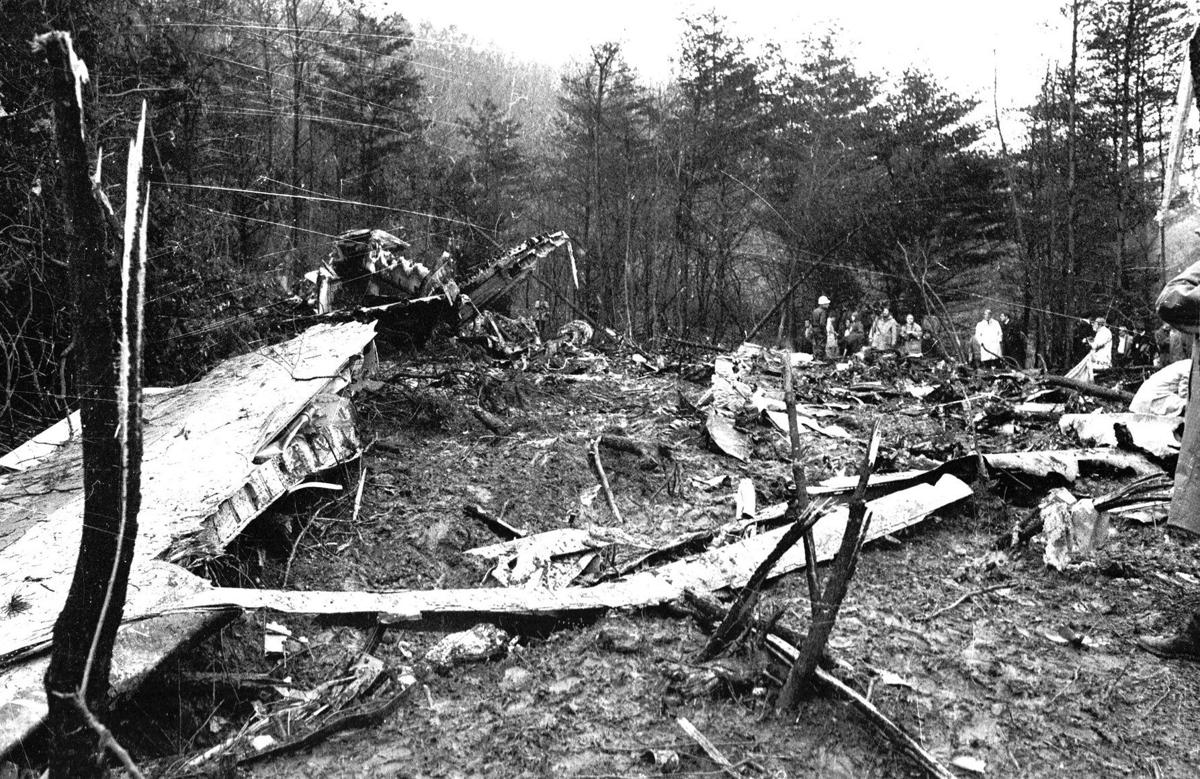Crash of a Douglas DC-9-21 in Oslo
Date & Time:
Jan 30, 1973 at 2319 LT
Registration:
LN-RLM
Survivors:
Yes
Schedule:
Oslo - Tromsö - Alta
MSN:
47304/440
YOM:
1969
Flight number:
SK370
Crew on board:
4
Crew fatalities:
Pax on board:
29
Pax fatalities:
Other fatalities:
Total fatalities:
0
Circumstances:
After liftoff from runway 24 at Oslo-Fornebu Airport, while climbing to a height of 30 feet at a speed of 140 knots, the stall warning activated. The captain decided to land but the remaining distance of 1,100 meters was insufficient. Unable to stop, the aircraft overran and plunged into the bay. All 33 occupants were quickly rescued while the aircraft was damaged beyond repair.
Probable cause:
Investigations were able to determine that the speed of the aircraft was correct but that the stall warning light was triggered following an error on the computer that misinterpreted some parameters transmitted by the Pitot tubes. It was reported that the aircraft suffered false stall warnings a couple of times during the past few days.
